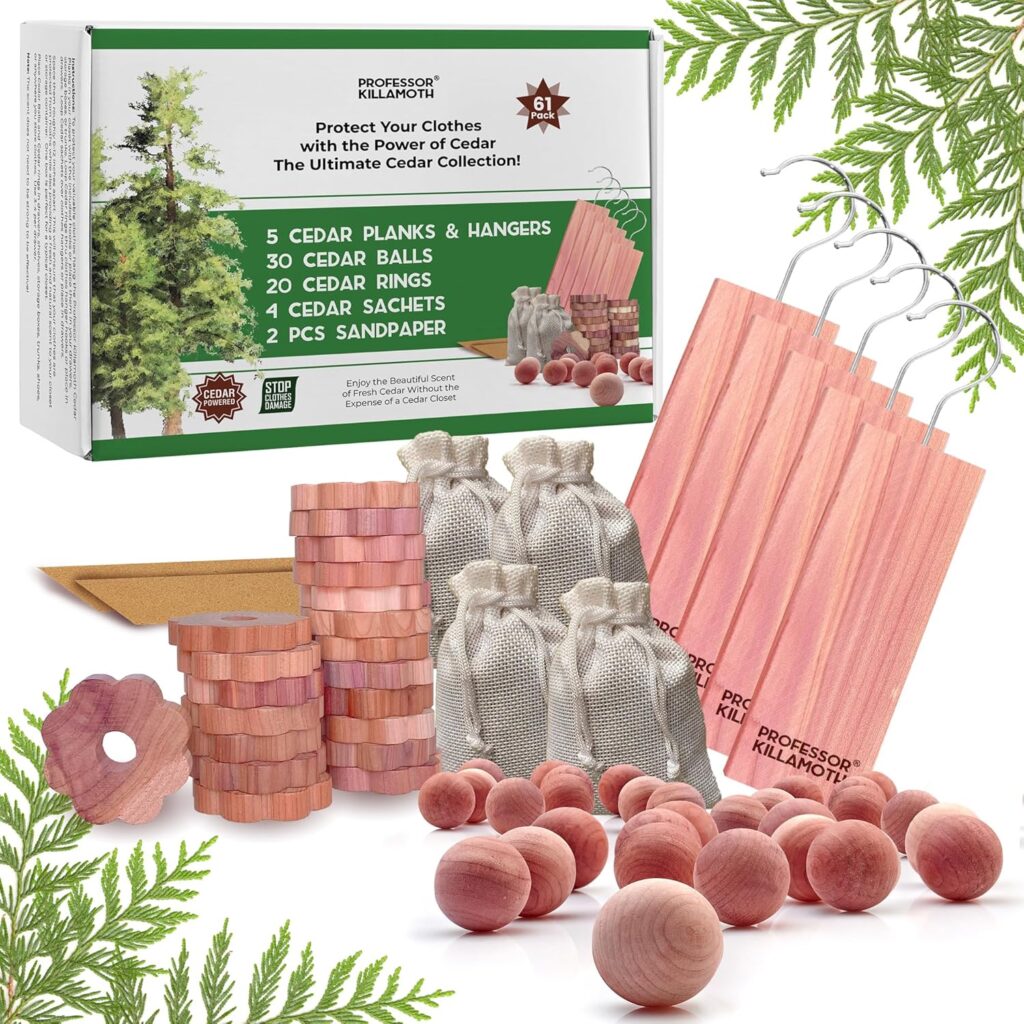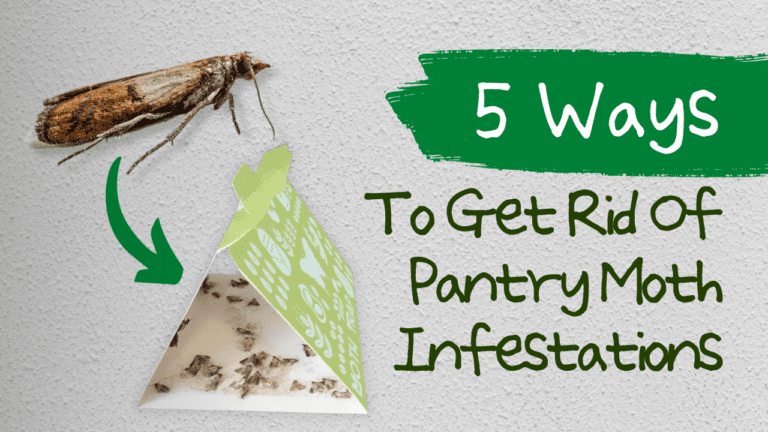5 Ways To Get Rid of Stink Bugs In Your Home
Stink bugs are a common and unwelcome guest in many homes, especially as the weather turns colder.
These shield-shaped insects can invade your living space, releasing a foul odor when disturbed or squished.
Fortunately, there are several effective methods you can use to banish stink bugs from your house and reclaim your home.
In this post, we are going to explore 5 ways to rid yourself of stink bugs.
Let’s dive in!
Why Are Stink Bugs Drawn To My Home?
Stink bugs are drawn to homes for a few key reasons.
As the weather cools in the fall, stink bugs seek warm, protected spaces to overwinter and avoid the harsh winter temperatures.
Homes provide the ideal shelter, with ample cracks and crevices for the bugs to enter and hide.
Additionally, stink bugs are attracted to the lights and heat emanating from homes, which can lure them inside in search of food, water, and a comfortable place to spend the winter months.
5 Ways To Get Rid of Stink Bugs In Your Home
Stink bugs are a common household pest that can be challenging to get rid of. These shield-shaped insects can invade your home, leaving behind an unpleasant odor when disturbed or squished.
Fortunately, there are several effective methods you can use to banish these smelly pests from your living space.
1. Use Cedarwood
Our top recommendation for getting rid of stink bugs is to use cedarwood.
Cedar is a natural insect repellent, and its strong aroma can effectively drive stink bugs away.
Simply place cedar planks or blocks in the areas where you’ve spotted the bugs, such as windowsills, door frames, and along baseboards.
The strong cedar scent will discourage the stink bugs from entering or remaining in your home.
My personal favorite cedar planks are Professor Killamoth’s 61 variety pack of cedarwood hangers, sachets, planks, and balls.
The cedarwood products in this 61-pack offer a natural and effective way to keep your home fresh and protect your belongings from pests.
The strong, pleasant aroma of cedar acts as a natural repellent, deterring stink bugs, moths, and other insects from invading your closets, drawers, and other storage areas.
By strategically placing the cedar blocks, sachets, rings, and balls throughout your home, you can enjoy a fresh, clean scent while also keeping unwanted insects at bay without using harsh chemicals.
2. Seal Entry Points
Stink bugs typically enter homes through cracks, gaps, and other small openings.
Carefully inspect the exterior of your home and seal any potential entry points using caulk, weatherstripping, or fine mesh screening.
Pay close attention to areas around windows, doors, pipes, and vents, as these are common entry points for stink bugs.
3. Use Essential Oils
Certain essential oils, such as peppermint, lemongrass, and eucalyptus, can also be effective in repelling stink bugs.
Mix a few drops of these oils with water in a spray bottle and apply the solution to areas where you’ve seen the bugs.
You can also soak cotton balls in the essential oil mixture and place them around your home.
The strong scents will discourage the stink bugs from invading your space.
4. Vacuum and Dispose of Stink Bugs
If you spot stink bugs in your home, the quickest way to remove them is to use a vacuum cleaner.
Carefully vacuum up any visible bugs, being careful not to disturb or crush them, as this can release an unpleasant odor.
Dispose of the vacuum bag or canister contents immediately to prevent the bugs from escaping.
5. Use Traps or Baits
Commercial stink bug traps and baits are another effective option for controlling these pests.
These products often contain pheromones or other attractants that lure the bugs into the trap, where they can be safely removed and disposed of.
Place these traps in areas where you’ve noticed stink bug activity for the best results.
Get Those Stink Bugs Out!
By implementing these five strategies, you can effectively eliminate stink bugs from your home and enjoy a pest-free living space.
Remember to be persistent and patient, as it may take some time to fully eradicate the problem.
Thank you for reading!

